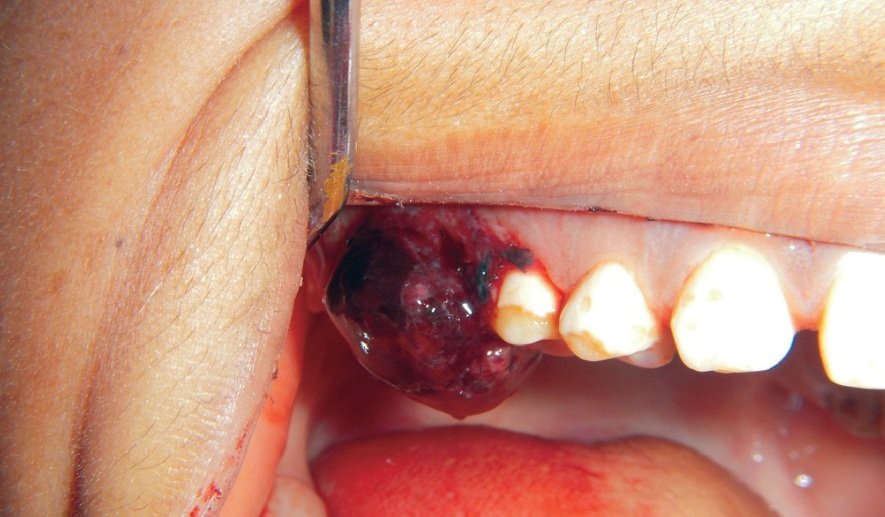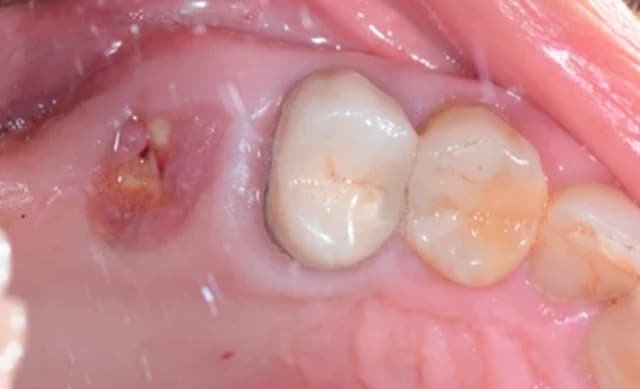Tooth extraction is a common dental procedure that many of us may go through at some point in our lives. Whether it’s due to wisdom teeth removal, severe decay, or other dental issues, the process involves the careful removal of a tooth from its socket. After the extraction, one crucial aspect of the healing process is the formation and preservation of a blood clot at the extraction site. Unfortunately, there are instances when this blood clot can become dislodged or fall out, which can lead to complications and discomfort. In this comprehensive guide, we will explore what happens when a tooth extraction blood clot falls out, what to do in such situations, potential complications, preventive measures, and when it’s necessary to seek professional dental help.
What Happens When a Tooth Extraction Blood Clot Falls Out?
The formation of a blood clot is an essential part of the healing process after a tooth extraction. When a tooth is removed, it leaves behind an empty socket where the tooth used to be. To prevent complications and aid in the healing process, the body responds by forming a blood clot at the extraction site. This blood clot serves several critical functions:
- Protection: The blood clot covers the exposed bone and nerve endings in the socket, protecting them from external elements like food particles and bacteria.
- Healing: It acts as a scaffold for the formation of new tissue, aiding in the healing of the extraction site.
- Pain Management: The blood clot helps reduce pain and discomfort by covering and protecting sensitive areas.
However, there are situations where the blood clot can become dislodged or fall out prematurely. When this occurs, it can lead to various complications and discomfort.
What to Do If Your Tooth Extraction Blood Clot Falls Out?
Losing a tooth extraction blood clot can be unsettling, but it’s essential to take specific steps to address the situation promptly. Here’s what you should do if you find that your blood clot has fallen out:
- Stay Calm: While it can be concerning, remain calm and collected. Panicking won’t help the situation and may even worsen it.
- Apply Gauze: If the clot falls out, you may experience bleeding from the extraction site. To control bleeding, fold a piece of clean gauze and place it over the socket. Bite down gently but firmly on the gauze for about 30 minutes. This pressure can help form a new clot.
- Avoid Disturbing the Area: Do your best to avoid touching the extraction site with your fingers or tongue. This can introduce bacteria and interfere with the formation of a new clot.
- Rest and Elevate: Lie down with your head elevated to minimize blood flow to the area. Rest for the remainder of the day if possible.
- Avoid Smoking and Drinking through Straws: Smoking and drinking through straws can create suction that may dislodge the clot. It’s best to avoid these activities for a few days.
- Take Prescribed Medication: If your dentist has prescribed antibiotics or pain medication, continue taking them as directed.
- Stick to Soft Foods: While the clot is re-forming, stick to a diet of soft, non-irritating foods. Avoid hot, spicy, and crunchy foods that may irritate the extraction site.
Complications of a Dislodged Tooth Extraction Blood Clot:
Losing a blood clot after tooth extraction can lead to several complications:
- Dry Socket (Alveolar Osteitis): This is the most common complication when a blood clot dislodges. Dry socket occurs when the underlying bone becomes exposed and is extremely painful. It can delay the healing process.
- Infection: An open extraction site is susceptible to infection. Without the protective barrier of the blood clot, bacteria can enter the socket, leading to an infection that may require antibiotic treatment.
- Pain and Discomfort: Losing the blood clot can result in prolonged pain and discomfort at the extraction site.
- Delayed Healing: The absence of a blood clot may slow down the healing process, potentially extending the recovery period.
How to Prevent a Tooth Extraction Blood Clot from Falling Out?
Prevention is always the best approach. While not all instances of clot dislodgement can be avoided, there are steps you can take to reduce the risk:
- Follow Post-Extraction Instructions: Your dentist will provide you with specific post-extraction care instructions. Follow them diligently to minimize the risk of clot dislodgement.
- Avoid Aggressive Rinsing: For the first 24 hours after the extraction, avoid vigorous rinsing, spitting, or using mouthwash. These actions can dislodge the clot.
- Be Gentle with Oral Hygiene: Continue to maintain good oral hygiene, but be gentle when brushing and flossing around the extraction site. Avoid directly brushing the socket.
- Quit Smoking: If you’re a smoker, consider quitting temporarily during the healing process. Smoking can increase the risk of clot dislodgement.
- Avoid Straws: Refrain from using straws, as the suction created when drinking through a straw can dislodge the clot.
When to See a Dentist If Your Tooth Extraction Blood Clot Falls Out?
While you can take initial steps to address a dislodged blood clot, it’s crucial to know when to seek professional dental care. You should contact your dentist or oral surgeon if:
- Pain Persists: If the pain from the extraction site continues or worsens after the blood clot falls out, it’s essential to consult your dentist. This may be a sign of infection or another complication.
- Bleeding Is Severe: While some bleeding is expected after a tooth extraction, excessive bleeding that doesn’t respond to gauze and pressure may require immediate attention.
- Signs of Infection: If you notice signs of infection, such as increased swelling, pus discharge, fever, or a foul taste or odor in your mouth, contact your dentist.
- No Clot Reformation: If a new blood clot fails to form within 24 hours after the original clot falls out, this is cause for concern and should be evaluated by a dental professional.
- Persistent Dry Socket Symptoms: If you experience severe pain consistent with dry socket, despite initial home care efforts, you should seek professional treatment.
Conclusion:
Losing a blood clot after a tooth extraction can be a worrisome experience, but with proper care and prompt action, most complications can be avoided or managed effectively. Remember that while home care measures can help in the short term, professional dental guidance is crucial for assessing the situation and addressing any potential complications. Following your dentist’s instructions before and after the extraction is the best way to minimize the risk of a dislodged blood clot and ensure a smooth and comfortable recovery process.












